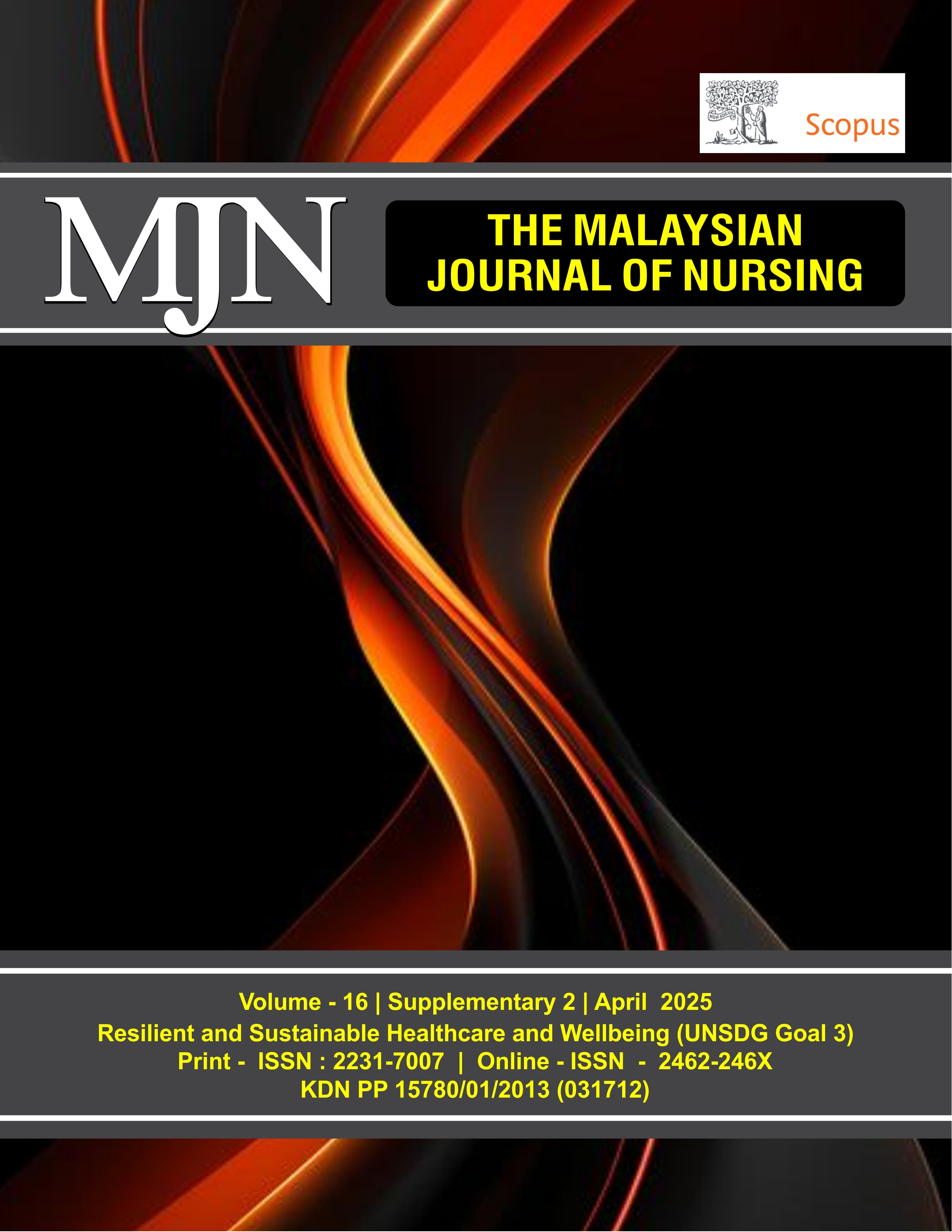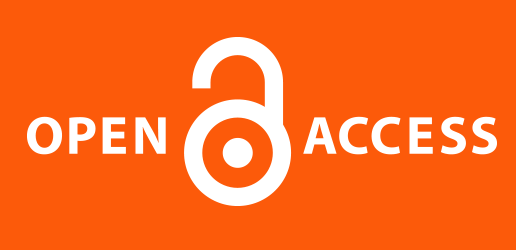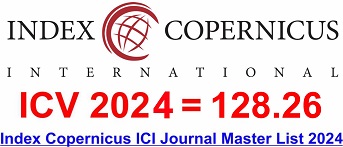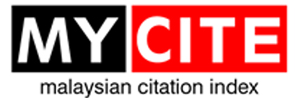Identifying Needs for Mobile Application Development to Prevent Anemia in Pregnant Women: Insights from a Qualitative Study
DOI:
https://doi.org/10.31674/mjn.2025.v16isupp2.013Abstract
Background: Anaemia during pregnancy is a significant public health concern, particularly in low- and middle-income countries (LMICs), where it contributes to adverse maternal and neonatal outcomes. Mobile health (mHealth) applications have shown promise in improving healthcare delivery, yet there is limited focus on addressing anemia prevention during pregnancy through these digital solutions. Objectives: This study explored the perspectives of pregnant women, healthcare providers, and community health workers to identify needs for a mobile application tailored to prevent anemia during pregnancy. Methods: A descriptive qualitative study was conducted among 15 participants in Sukabumi, West Java, Indonesia, including pregnant women, healthcare providers, and community health workers. Data were collected through semi-structured interviews and analysed using thematic analysis. Trustworthiness was ensured through member checking. Results: Three main themes emerged: (1) understanding anemia prevention, including awareness and cultural beliefs about nutrition; (2) challenges and needs in anemia prevention, encompassing barriers to accessing reliable information, low adherence to supplementation programs, and desired mobile application features; and (3) suggestions for mobile application development, emphasising the importance of cultural relevance, multilingual support, voiceovers, and regular updates. Conclusion: This study highlights the urgent need for culturally tailored, user-centered mobile applications to prevent anemia in pregnant women, particularly in resource-limited settings. Future efforts should prioritise co-creation with users to enhance adoption and efficacy.
Keywords:
Anemia Prevention, mHealth Application, Mobile Health, Pregnancy, Qualitative StudyDownloads
References
Al-Marzouqi, Z., Al-Za’abi, R., & Al-Dhoani, A. (2024). Health-care professionals’ barriers to anemia prevention among pregnant women in Oman. Advances in Biomedical and Health Sciences, 3(2), 62-71. https://doi.org/10.4103/abhs.abhs_98_23
Ameyaw, E. K., Amoah, P. A., & Ezezika, O. (2024). Effectiveness of mHealth apps for maternal health care delivery: systematic review of systematic reviews. Journal of Medical Internet Research, 26. https://doi.org/10.2196/49510
Anyanwu, E. C., Maduka, C. P., Ayo-Farai, O., Okongwu, C. C., & Daraojimba, A. I. (2024). Maternal and child health policy: A global review of current practices and future directions. World Journal of Advanced Research and Reviews, 21(2), 1770-1781. https://doi.org/10.30574/wjarr.2024.21.2.0306
Babah, O. A., Beňová, L., Hanson, C., Abioye, A. I., Larsson, E. C., & Afolabi, B. B. (2024). Screening and treatment practices for iron deficiency in anaemic pregnant women: A cross-sectional survey of healthcare workers in Nigeria. PloS One, 19(11). https://doi.org/10.1371/journal.pone.0310912
Banke-Thomas, A., Abejirinde, I. O. O., Ayomoh, F. I., Banke-Thomas, O., Eboreime, E. A., & Ameh, C. A. (2020). The cost of maternal health services in low-income and middle-income countries from a provider’s perspective: A systematic review. BMJ Global Health, 5(6). https://doi.org/10.34172/ijhpm.2020.104
Bhattarai, S., Yadav, S. K., Thapaliya, B., Giri, S., Bhattarai, B., Sapkota, S., ... & Morrison, J. (2023). Contextual factors affecting the implementation of an anemia focused virtual counseling intervention for pregnant women in plains Nepal: A mixed methods process evaluation. BMC Public Health, 23(1). https://doi.org/10.1186/s12889-023-16195-5
Bilal, A. M., Pagoni, K., Iliadis, S. I., Papadopoulos, F. C., Skalkidou, A., & Öster, C. (2024). Exploring user experiences of the Mom2B mHealth research app during the perinatal period: qualitative study. JMIR Formative Research, 8. https://doi.org/10.2196/53508
Bossman, E., Johansen, M. A., & Zanaboni, P. (2022). mHealth interventions to reduce maternal and child mortality in Sub-Saharan Africa and Southern Asia: A systematic literature review. Frontiers in Global Women's Health, 3. https://doi.org/10.1186/s12913-020-05778-2
Braun, V., & Clarke, V. (2006). Using thematic analysis in psychology. Qualitative Research in Psychology, 3(2), 77–101. https://doi.org/10.1191/1478088706qp063oa
Carron, T., Rawlinson, C., Arditi, C., Cohidon, C., Hong, Q. N., Pluye, P., ... & Peytremann-Bridevaux, I. (2021). An overview of reviews on interprofessional collaboration in primary care: effectiveness. International Journal of Integrated Care, 21(2). https://doi.org/10.5334/ijic.5588
Charanthimath, U., Katageri, G., Kinshella, M. L. W., Mallapur, A., Goudar, S., Ramadurg, U., ... & Payne, B. A. (2021). Community health worker evaluation of implementing an mHealth application to support maternal health care in rural India. Frontiers in Global Women's Health, 2. https://doi.org/10.3389/fgwh.2021.645690
Garzon, S., Cacciato, P. M., Certelli, C., Salvaggio, C., Magliarditi, M., & Rizzo, G. (2020). Iron deficiency anemia in pregnancy: Novel approaches for an old problem. Oman Medical Journal, 35(5). https://doi.org/10.5001/omj.2020.108
Gopalakrishnan, L., Buback, L., Fernald, L., Walker, D., Diamond-Smith, N., & Consortium, I. A. to T. C. A. S. E. (2020). Using mHealth to improve health care delivery in India: A qualitative examination of the perspectives of community health workers and beneficiaries. PloS One, 15(1). https://doi.org/10.1371/journal.pone.0227451
Guest, G., Bunce, A., & Johnson, L. (2006). How many interviews are enough? An experiment with data saturation and variability. Field Methods, 18(1), 59-82. https://doi.org/10.1177/1525822X05279903
Iyawa, G. E., Dansharif, A. R., & Khan, A. (2021). Mobile apps for self-management in pregnancy: A systematic review. Health and Technology, 11(2), 283-294. https://doi.org/10.1007/s12553-021-00523-z
Juniarti, S., Yuriah, S., & Sepriani, P. (2024) Women’s empowerment model in treatment of pregnant women at risk of anemia in Indonesia: Literature review. International Journal of Health Sciences, 8(S1), 1680–1689. https://doi.org/10.53730/ijhs.v8nS1.15357
Lindayani, L., Nurdina, G., Anggraini, D., Herdiman, H., Darmawati, I., & Mutiar, A. (2025). Effect of telemonitoring and nurse-led collaboration on self-management and quality of life in heart failure patients in West Java. Jurnal Keperawatan Komprehensif (Comprehensive Nursing Journal), 11(1), 174-180. https://doi.org/10.33755/jkk.v11i1.808
Mbunge, E., & Sibiya, M. N. (2024). Mobile health interventions for improving maternal and child health outcomes in South Africa: A systematic review. Global Health Journal, 8(3), 103-112. https://doi.org/10.1016/j.glohj.2024.08.002
Meyerhoff, J., Kruzan, K. P., Reddy, M., Mohr, D. C., & Lattie, E. G. (2023). Preparing a workforce of care coordinators to address patient mental health needs in the digital age: training and needs identification. SAGE Open Nursing, 9. https://doi.org/10.1177/23779608231173279
Owais, A., Merritt, C., Lee, C., & Bhutta, Z. A. (2021). Anemia among women of reproductive age: an overview of global burden, trends, determinants, and drivers of progress in low-and middle-income countries. Nutrients, 13(8). https://doi.org/10.3390/nu13082745
Patel, M. S., Volpp, K. G., & Asch, D. A. (2018). Nudge units to improve the delivery of health care. New England Journal of Medicine, 378(3), 214-216. https://doi.org/10.1056/NEJMp1912062
Polit, D. F., & Beck, C. T. (2008). Nursing research: Generating and assessing evidence for nursing practice (8th ed.). Lippincott Williams & Wilkins, Philadelphia, US.
Rahayu, S., Said, M. S. M., Sansuwito, T. B., & Mulyono, S. (2025). Validating a mobile application for anemia prevention: Insights from expert feedback on AneMia_Prev®. Jurnal Keperawatan Padjadjaran, 13(1), 74-83. https://doi.org/10.24198/jkp.v13i1.2365
Sandelowski, M. (2000). Combining qualitative and quantitative sampling, data collection, and analysis techniques in mixed‐method studies. Research in Nursing & Health, 23(3), 246-255. https://doi.org/10.1002/1098-240X(200006)23:3%3C246::AID-NUR9%3E3.0.CO;2-H
Vadsaria, K., Nuruddin, R., Mohammed, N., Azam, I., & Sayani, S. (2025). Efficacy of a personalized mHealth app in improving micronutrient supplement use among pregnant women in Karachi, Pakistan: Parallel-group randomized controlled trial. Journal of Medical Internet Research, 27. https://doi.org/10.2196/67166
Vellakkal, S., & Singh, A. (2021). Impact of public health programs on maternal and child health services and health outcomes in India: A systematic review. Social Science & Medicine, 274. https://doi.org/10.1016/j.socscimed.2021.113795
World Health Organization (WHO). (2019). Prevalence of anaemia in pregnant women (aged 15–49). Global Health Observatory. Retrieved from: https://www.who.int/data/gho/data/indicators/indicator-details/GHO/prevalence-of-anaemia-in-pregnant-women-%28-%29. Accessed on 18th February, 2023.
Wong, A., Goh, G., Banks, M. D., & Bauer, J. D. (2019). Economic evaluation of nutrition support in the prevention and treatment of pressure ulcers in acute and chronic care settings: a systematic review. Journal of Parenteral and Enteral Nutrition, 43(3), 376-400. https://doi.org/10.1089/pop.2024.0222
Published
How to Cite
Issue
Section
License
Copyright (c) 2025 The Malaysian Journal of Nursing (MJN)

This work is licensed under a Creative Commons Attribution-NonCommercial-NoDerivatives 4.0 International License.



































